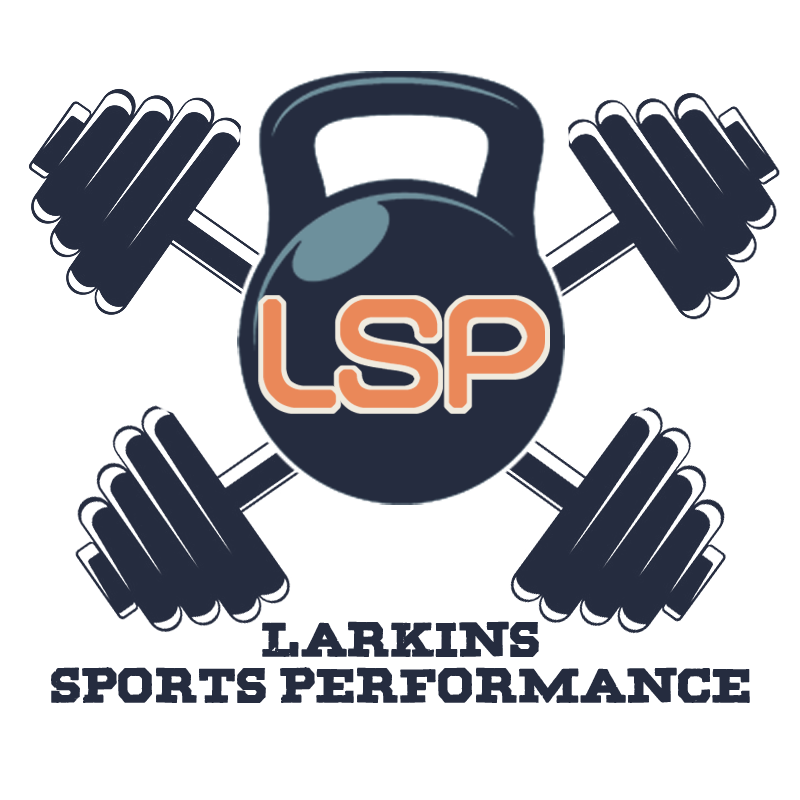All things football start here:
Speed - Agility - Strength - Power - Position Specific work
Sign up for your free injury & performance assessment today!
Schedule your Performance & Injury Assessment here:
Sports Performance for Football Overview:
Strength and conditioning can play a critical role in youth football, both in terms of improving performance and reducing the risk of injury.
In terms of performance, strength and conditioning can help young football players develop the physical attributes necessary for success on the field. Football requires explosive power, speed, agility, and endurance, and a structured training program can help players develop these attributes. Strength training can help players improve their power and explosiveness, enabling them to run faster, jump higher, and hit harder. Conditioning training can help players develop the endurance needed to maintain their energy and focus throughout the game.
In addition to improving performance, strength and conditioning can also help young football players reduce their risk of injury. Football is a physically demanding sport, and players are at risk of injuries such as sprains, strains, and concussions. By implementing a comprehensive strength and conditioning program, coaches and trainers can help reduce the risk of these injuries. For example, proper conditioning can help players develop the necessary flexibility and mobility to prevent strains and sprains, while strength training can help build resilience in the muscles, bones, and joints.
Strength and conditioning can also play an important role in preventing concussions. By strengthening the neck and shoulder muscles, players can help reduce the risk of whiplash and other head injuries.
Overall, a well-designed strength and conditioning program can play an important role in helping young football players improve their performance, reduce their risk of injury, and enjoy the game. It is important, however, to ensure that the training program is age-appropriate, safe, and effective, and that it is implemented under the supervision of qualified coaches and trainers.
Long Term Athletic Development Model:
Here is a general outline of a long-term athletic development plan for football. Keep in mind that each athlete is different, and their training program should be tailored to their individual needs and goals. The is why we rely so heavily on our assessment process!
Phase 1: Fundamentals (ages 6-10)
Emphasize developing fundamental movement skills such as running, jumping, and throwing
Introduce the basic football skills, such as catching, throwing, and kicking
Promote fun and enjoyment of the sport
Phase 2: Learn to Train (ages 10-14)
Focus on developing overall athleticism through a combination of strength, speed, agility, and endurance training
Introduce sport-specific skills such as tackling, blocking, and advanced passing and catching techniques
Develop a strong foundation of teamwork, communication, and mental toughness
Phase 3: Train to Train (ages 14-16)
Focus on developing position-specific skills and tactics
Continue to build overall athleticism through advanced strength and conditioning training
Incorporate sports science concepts, such as nutrition and recovery, into the training program
Foster a competitive mindset and develop the ability to perform under pressure
Phase 4: Train to Compete (ages 16-19)
Refine position-specific skills and tactics
Develop a high level of physical and mental toughness
Focus on developing game-specific fitness, such as speed and power endurance
Prepare athletes for competition at the high school or collegiate level
Phase 5: Train to Win (ages 19+)
Focus on achieving peak performance in competition
Emphasize refining mental and physical skills to perform at the highest level
Optimize the training program to minimize the risk of injury and maximize performance
Prepare athletes for competition at the professional or elite level
This is just a general outline, and the specific details of a long-term athletic development plan will depend on factors such as the athlete's age, skill level, position, and goals.








